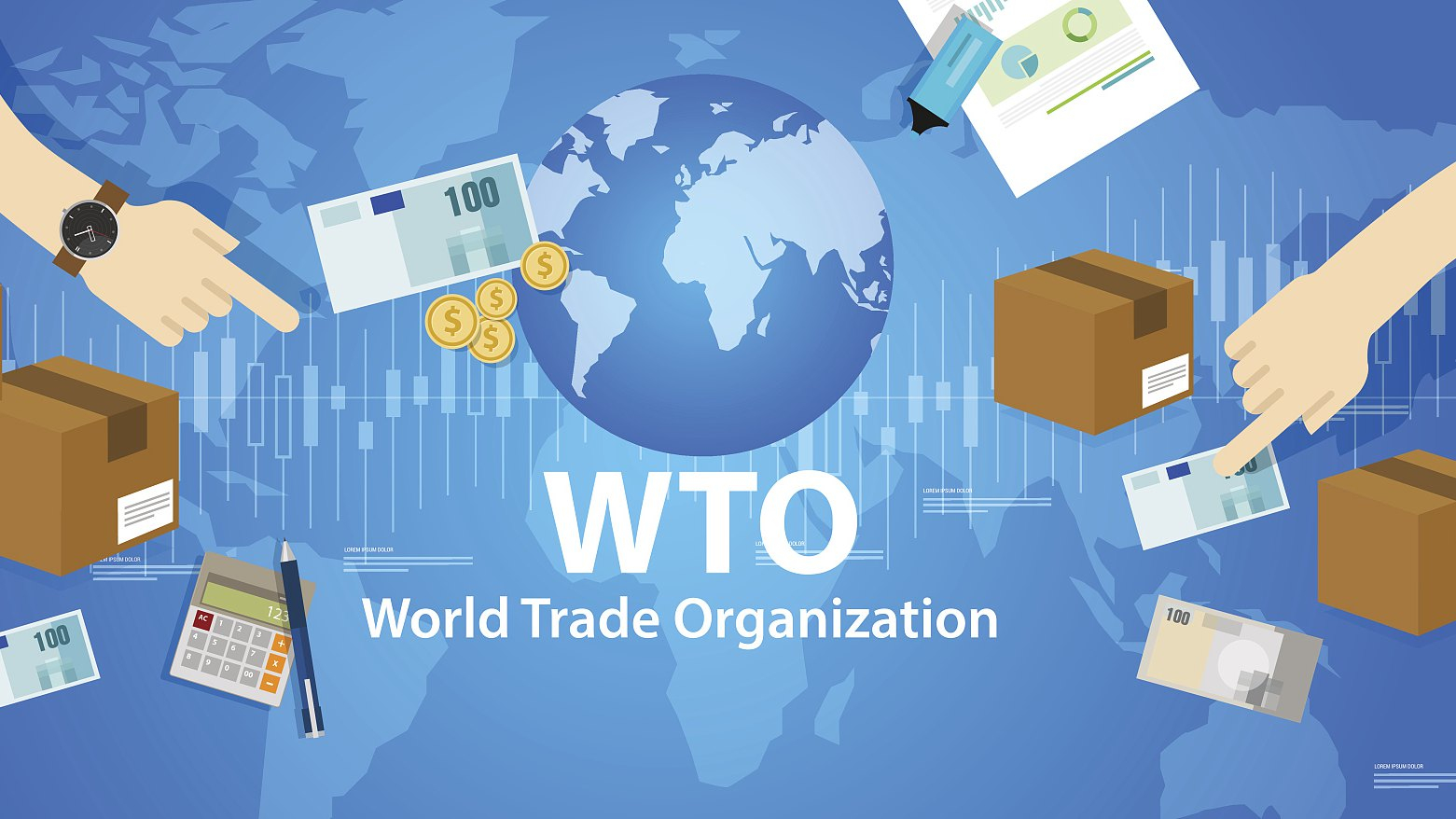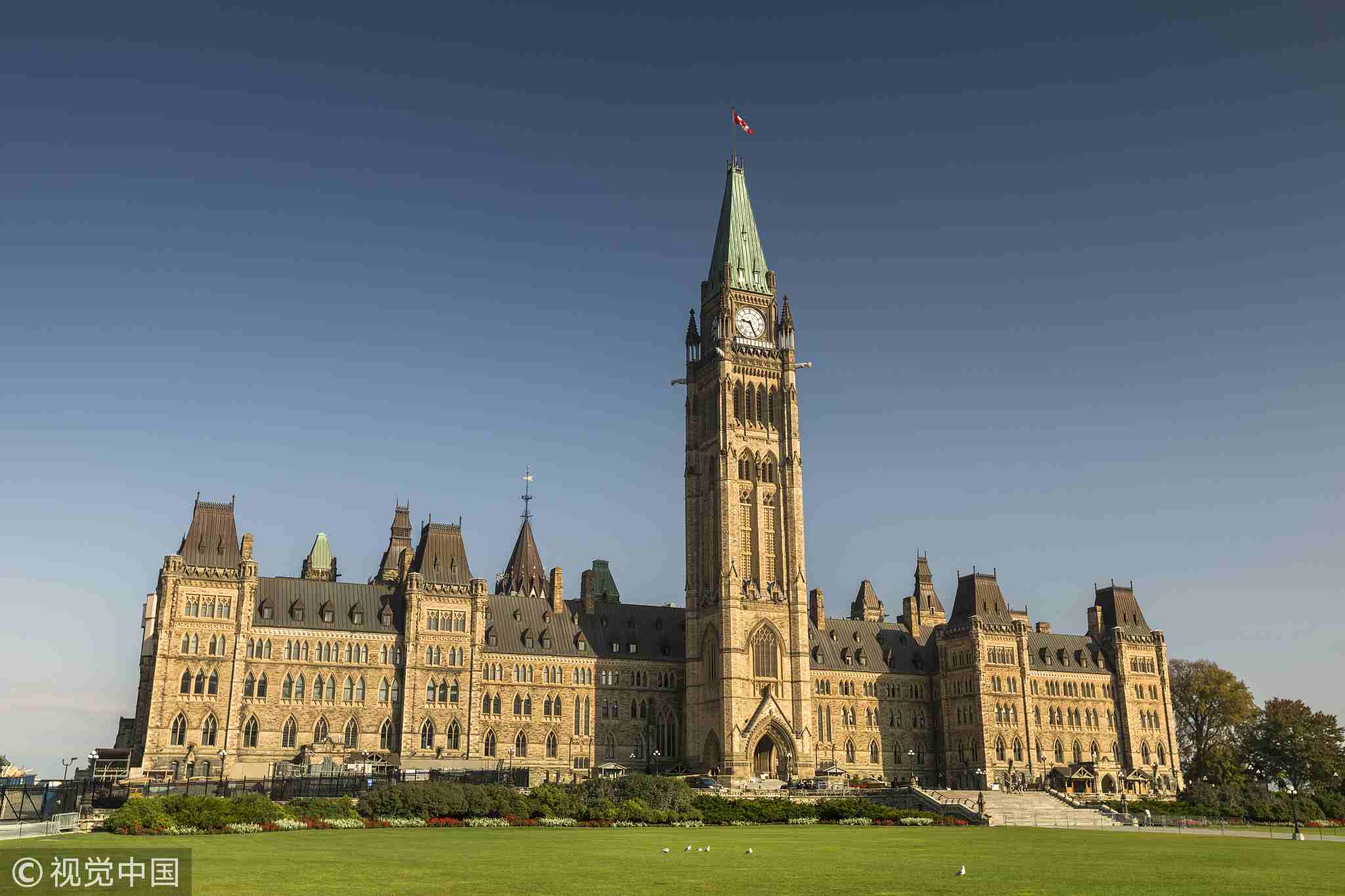
Opinions
10:23, 24-Oct-2018
Opinion: How will Trump's protectionism shape global trade order?
Updated
10:02, 27-Oct-2018
Shi Huimin

Editor's note: Shi Huimin is an associate professor at the School of Economics, a research fellow with the National Academy of Development and Strategy, Renmin University of China. The article reflects the author's opinion, and not necessarily the views of CGTN.
On October 24 and 25, the commerce ministers from 13 WTO member countries will gather in Ottawa to discuss reforms to the intergovernmental organization. Canadian Minister of International Trade Diversification Jim Carr will host the meeting, during which ministers will discuss how to enhance WTO's efficiency in the long run. Notably, the US and China, the world's two biggest economies, are excluded from the gathering.

The Center Block on Parliament Hill in Ottawa, Ontario, Canada /VCG Photo
The Center Block on Parliament Hill in Ottawa, Ontario, Canada /VCG Photo
The forthcoming meeting certainly reflects the anxieties of the rest of the world in this round of trade conflicts, with the escalating Beijing-Washington tension in the spotlight. With the super fast growth over the past 40 years, China has become the second largest economy in the world. In particular, China was the largest exporter in 2017. Although China adopts similar export-oriented models like other East Asian countries, such as Japan, Singapore, and South Korea, China's rise makes a huge difference for the international order both economically and politically because of its giant size. The fish pond is now getting more crowded with two big fish rather than one, namely, the United States itself. Even worse, the trade conflict of the two countries further squeezes the rest of the world into the tight space.
With the dispute settlement and rule-based system as its pillars, WTO is the symbol of multilateral trade negotiation agreements. The multilateral system works well for settlements among smaller economies or settlements between small economies and the big ones, and this is feasible and beneficial in this setting.
WTO isn't very effective in dealing with the tariff war waged by the US against China, as the US could easily ignore the restrictions, and dishonor the rules by taking advantage of being the largest economy in the world. This might partially explain why the US has put aside WTO to directly talk to China. From the point of view, WTO is simply not a useful tool in US-China negotiations.
With the fall of WTO's efficiency and the rise of trade protectionism from the US, what will the global trade order look like in the near future? The answer to this question surely depends on what US President Donald Trump really would like to do. So far, more evidence points to the direction that President Trump ideally hopes to rebuild the complete industrial production chain within the country to bring jobs back to the US, especially bring jobs back from China. In other words, he wants to change the global value chain into the “US value chain.”
However, the concept of the “US value chain” is not in any economic sense to bring benefits to the US economy to a national extent. It is simply against the cornerstone of international trade order-comparative advantage and production specialization. Thus, as expected, it would face a lot of resistance even inside the US. For example, America's comparative advantage is not in the labor-intensive industry. A T-shirt, which is domestically produced in the US, would be much more expensive than the “Made-in-China” one.

A T-shirt domestically produced in the US would be much more expensive than the one manufactured in China. /VCG Photo
A T-shirt domestically produced in the US would be much more expensive than the one manufactured in China. /VCG Photo
It seems more feasible that the US could pursue to push the global value productions outside China and spread them into other smaller economies as a way to restrict China.
However, once again, it is not an easy or smooth path. Given China's size, it would be extremely difficult for the US to find out enough new destinations to completely replace China's role in the current global production chain.
(If you want to contribute and have a specific expertise, please contact us at opinions@cgtn.com.)

SITEMAP
Copyright © 2018 CGTN. Beijing ICP prepared NO.16065310-3
Copyright © 2018 CGTN. Beijing ICP prepared NO.16065310-3